The body is covered in embossed black leather in impeccable condition, without wear or deformation. The base, made of varnished mahogany wood, retains its original shine and color, giving the whole piece an exceptional elegance. The red leather bellows, characteristic of the early No. 3A series, are intact, flexible and light tight, something extremely rare in cameras more than a century old.
The optical assembly includes the F.P.K. Automatic T.B.I. shutter with Eastman Kodak Co. lens, fully functional. The shutter responds correctly at various speeds and the diaphragm operates smoothly. The lenses are clean and clear, without fungus or haze, confirming the excellent state of preservation of the set.
The nickel plated fittings, viewfinders and opening mechanisms are operational and firm. The top leather handle with the inscription Kodak retains its original shape and flexibility. On the back, the engraved metal plate reads Combination Back for No. 3A Folding Pocket Kodak Produced by Eastman Kodak Co., Rochester, N.Y., along with patent dates between 1894 and 1909. This removable system, sold as a high end accessory, allowed switching the back to use plates or rolls, offering unique versatility for the time.
The overall finish of this camera is superb. It shows no damage, oxidation or repainting. The wood, leather and metal retain their original and uniform appearance. It is fully functional in its basic mechanisms and is ideal both as a photographic collection piece and as a decorative object of high aesthetic value.
For its condition, rarity and the elegance of its materials, this Kodak No. 3A with Combination Back and red bellows represents an exceptional opportunity to acquire an iconic piece of photographic history. A perfect example of the technical and aesthetic refinement of Kodak before the introduction of the Autographic model in 1914.
Measurements: 24.5 × 12 cm (9.65 × 4.72 in).
History of the Kodak Folding Pocket No. 3A
The Folding Pocket Kodak series was introduced in 1903 and quickly became a reference in portable photography. It used 122 roll film, which produced negatives in the 3¼ × 5½ inch format, ideal for postcards, portraits and field work. Between 1903 and 1912, the earliest versions were made with red bellows, a symbol of Kodak luxury cameras. From 1912 onward, the black bellows were adopted and, two years later, the Autographic line appeared.
The Combination Back, patented between 1904 and 1909, was one of the most advanced accessories of the era. It allowed switching between roll film and glass plate holders without changing the camera, offering photographers unprecedented flexibility. This innovation, designed for demanding photographers, survives complete in only a few examples.
The Kodak No. 3A marked the transition between traditional plate cameras and foldable film cameras. It was admired for its mechanical reliability, elegant design and portability. Today, examples in such fine condition as this one, with Combination Back and original red bellows, are considered highly valued collector pieces. We are professional antique dealers. To see more photos of this item, Please click on this link:
https://www.antiguedades.es/en/antique-cameras/5368-antique-kodak-no-3a-camera-combination-back-red-bellows-usa-1910.html


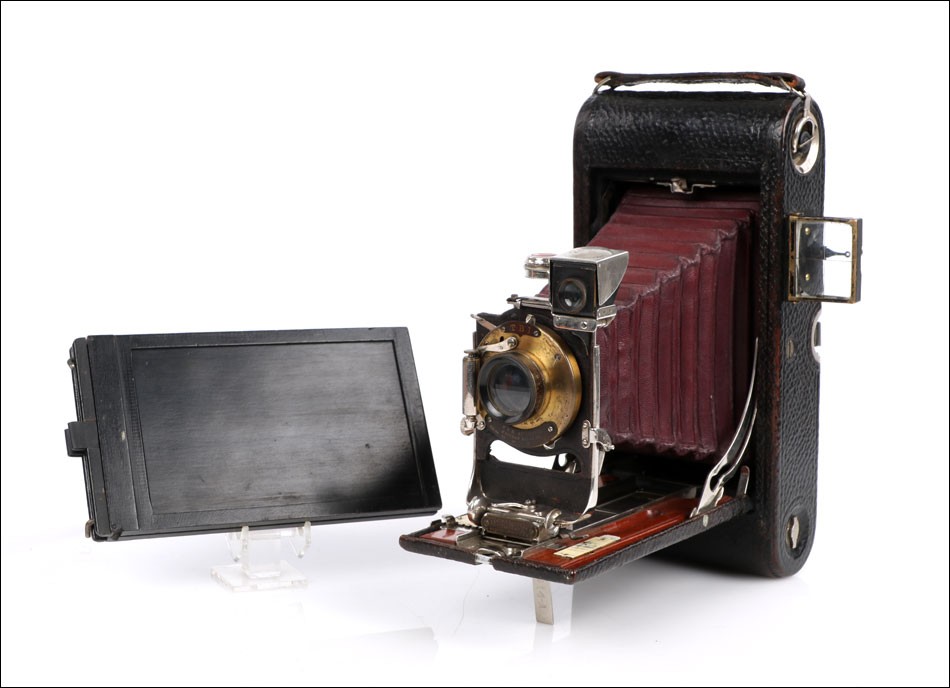

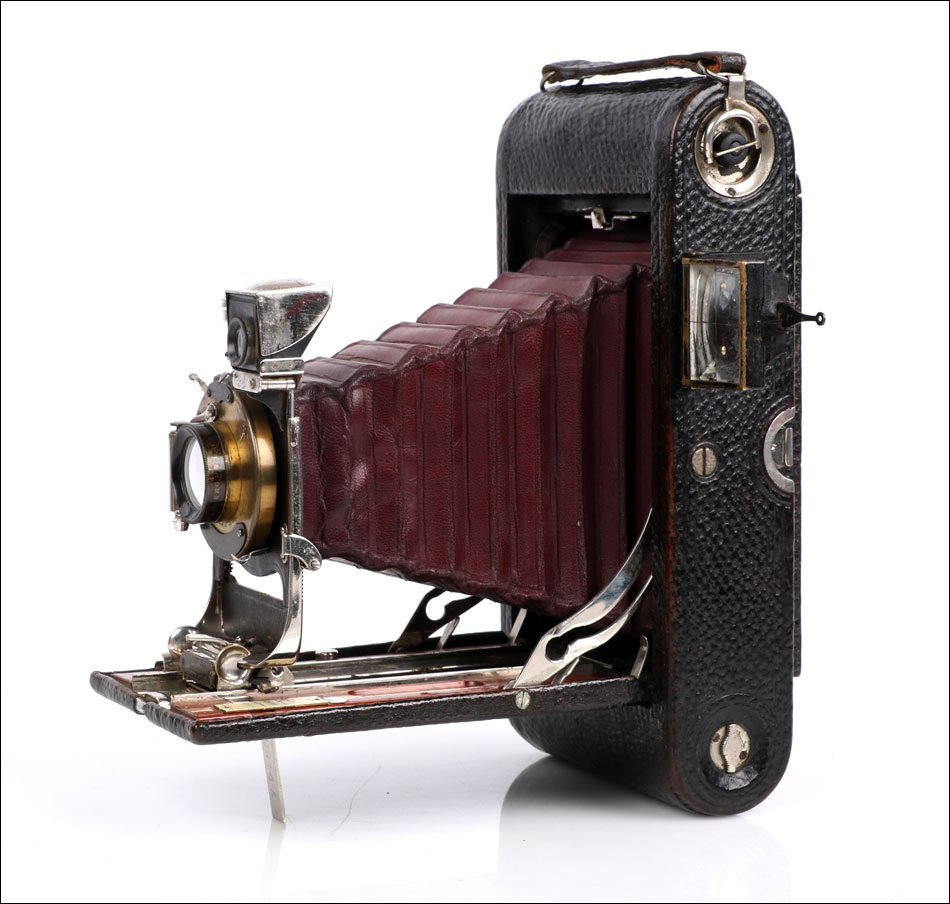
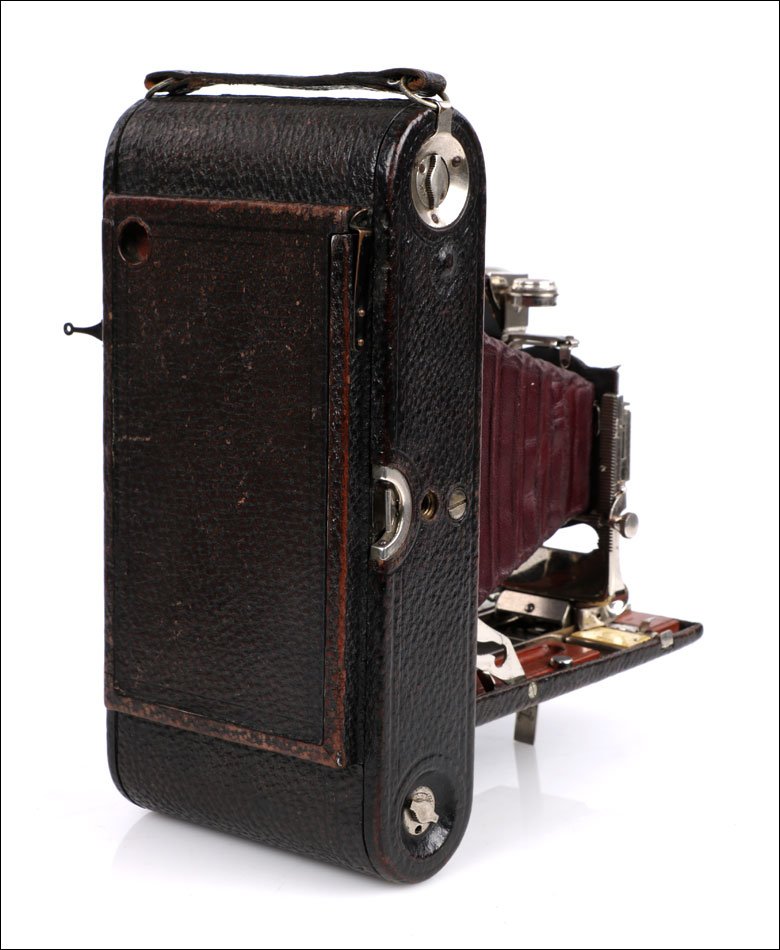

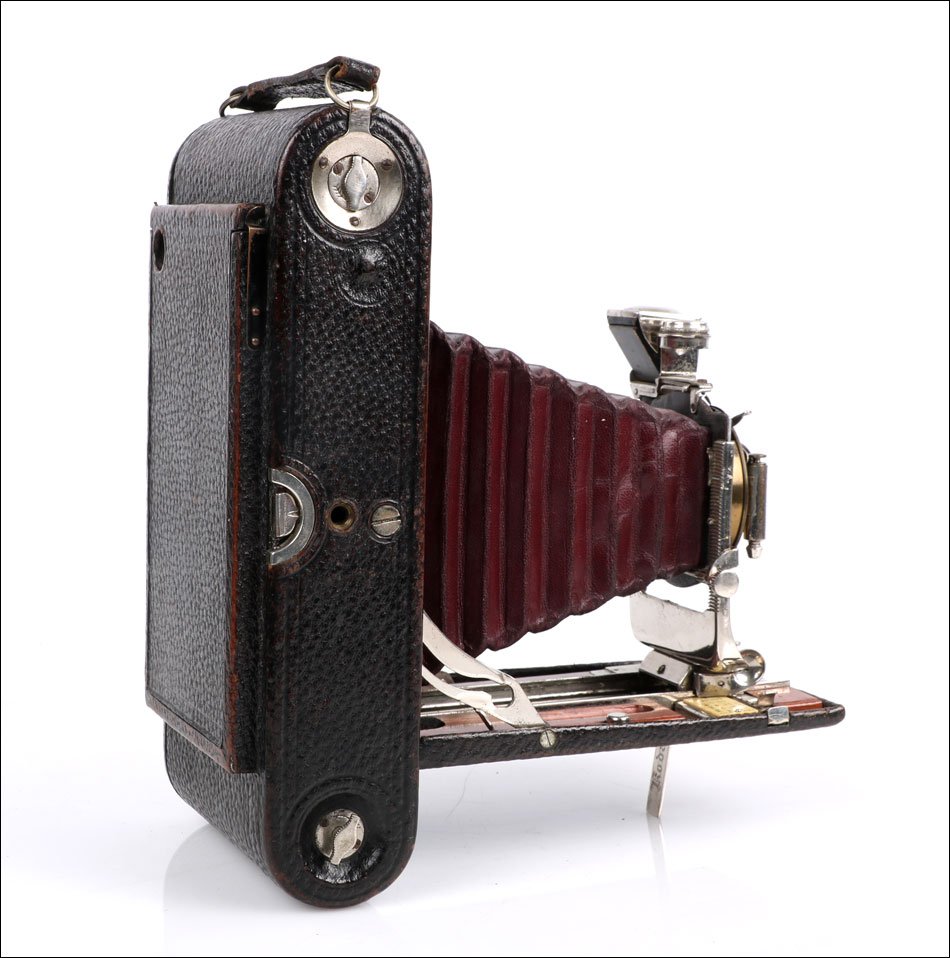



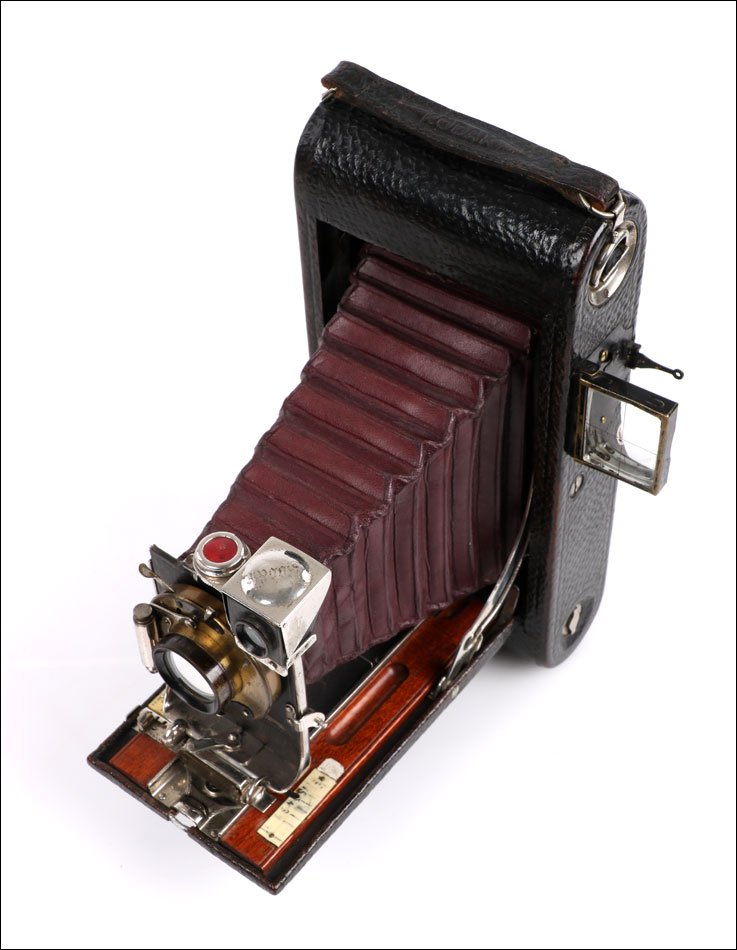
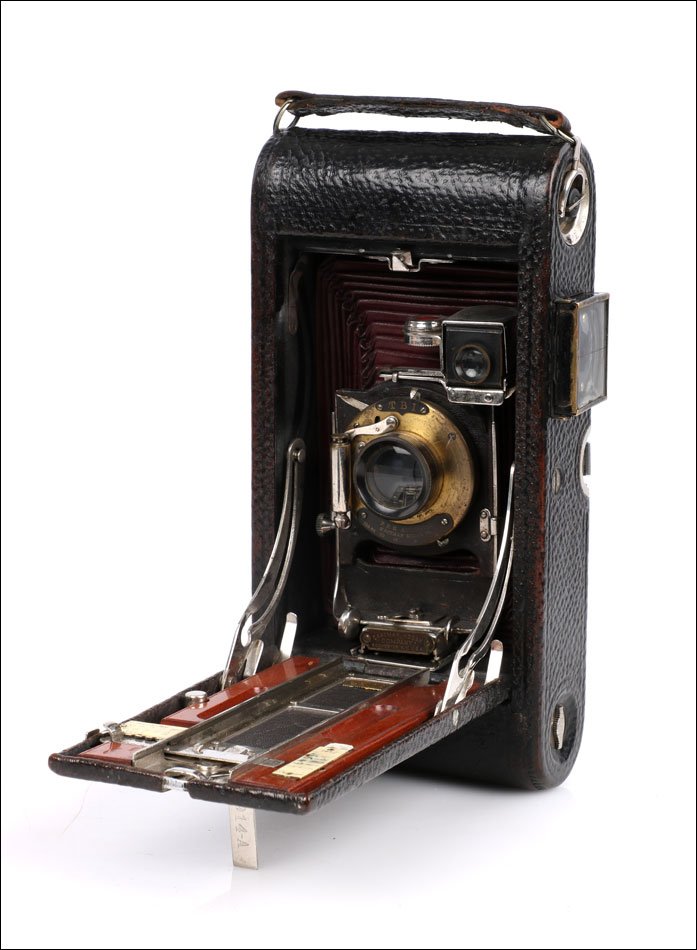
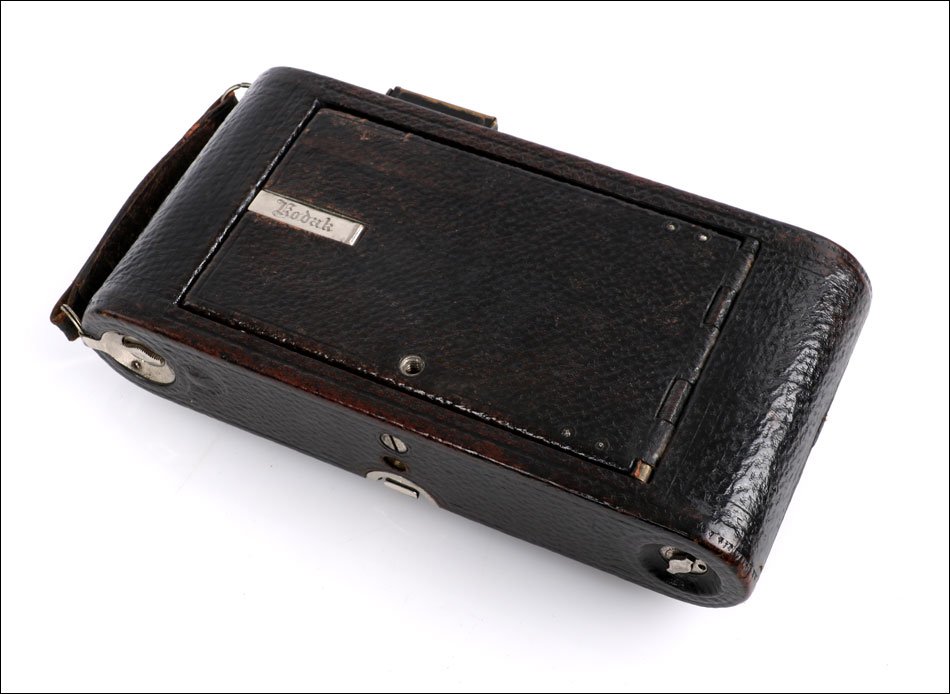





















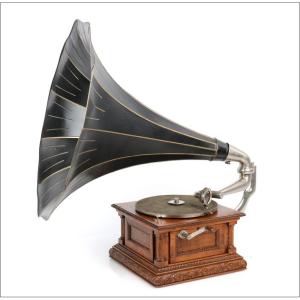






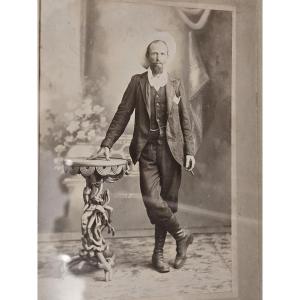

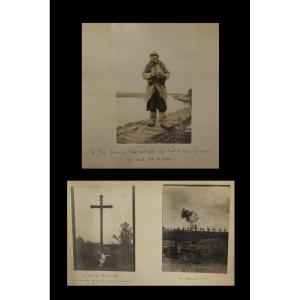





 Le Magazine de PROANTIC
Le Magazine de PROANTIC TRÉSORS Magazine
TRÉSORS Magazine Rivista Artiquariato
Rivista Artiquariato